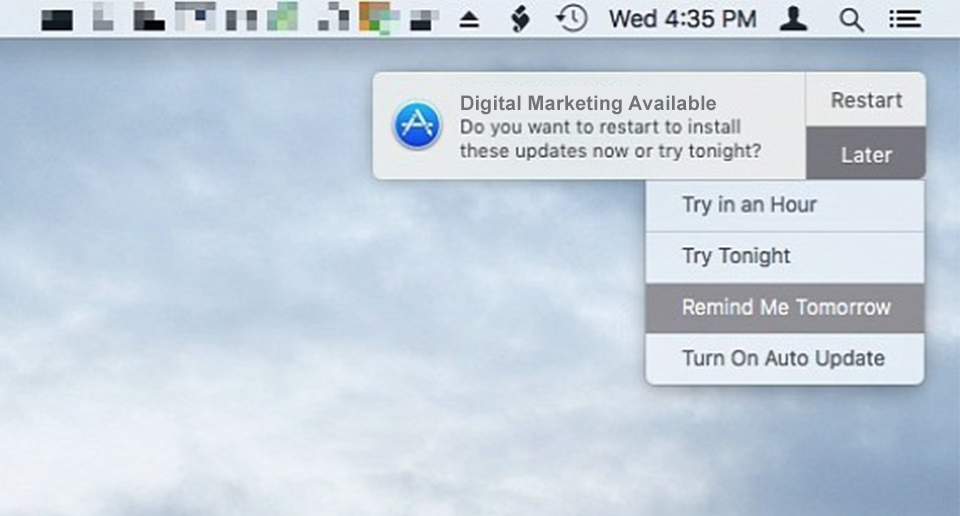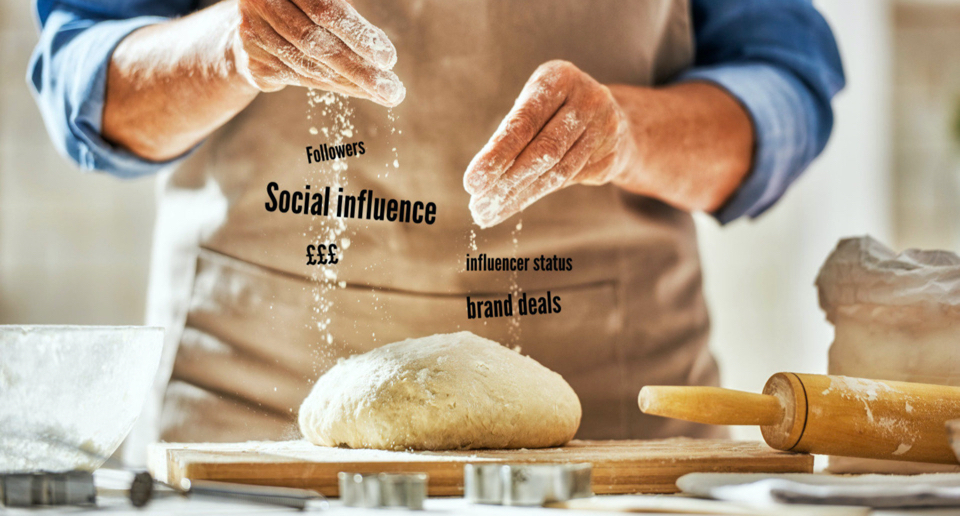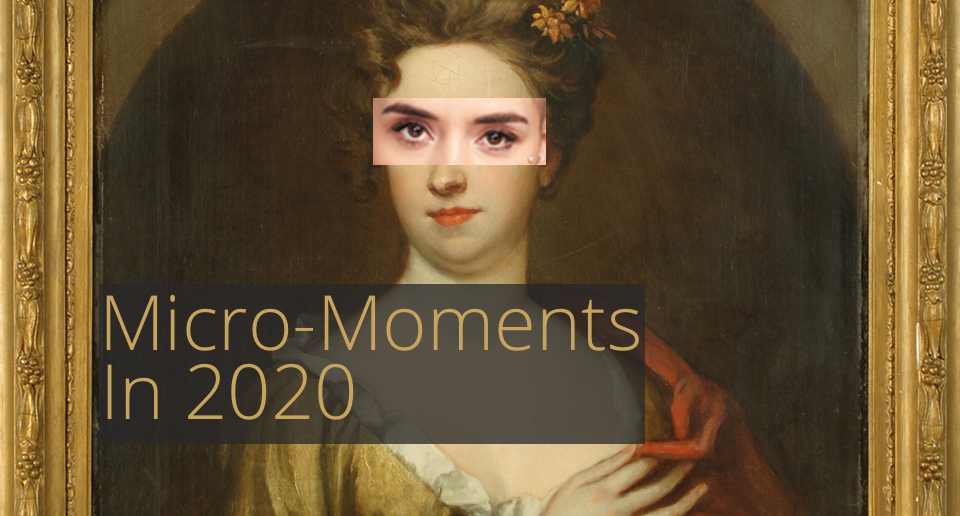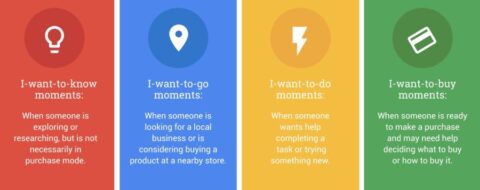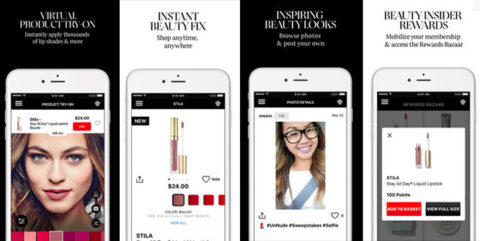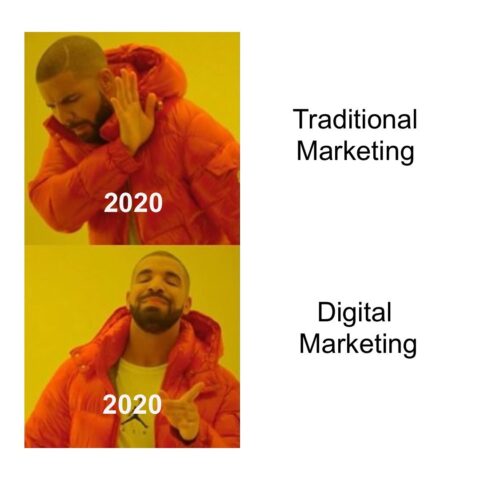 It is becoming harder and harder for businesses to avoid the shift that marketing approaches have taken from traditional to digital. Digital marketing breaks the boundaries of traditional marketing as it enables businesses to reach significantly wider audiences in a highly cost-effective and measurable way. Consider the addition of a global pandemic and the need for businesses to adopt a digital marketing strategy is crucial.
It is becoming harder and harder for businesses to avoid the shift that marketing approaches have taken from traditional to digital. Digital marketing breaks the boundaries of traditional marketing as it enables businesses to reach significantly wider audiences in a highly cost-effective and measurable way. Consider the addition of a global pandemic and the need for businesses to adopt a digital marketing strategy is crucial.
Now more than ever, your customers are online.
The concept of a ‘new normal’ has led us to rely on technology more than ever as it enables us to communicate with friends and family, be entertained, keep up to date on current events and simply browse in order to keep ourselves occupied. This year, social media platforms saw a significant increase in engagement. The mobile network provider EE reported a 45% increase in data usage for communication services and online browsing between February and May 2020. By June, Facebook reported that 100 million more users had joined their network, with the fastest growing demographic being those aged 65+. On top of this, many businesses have built solutions to social distancing measures by building apps for customers to place orders when in a restaurant or bar. The continued use of these methods is further encouraging consumers to engage with their smartphones, therefore, leading to more engaged users.
Social media marketing is key to building and maintaining relationships with your consumers in 2020.
If this isn’t enough to convince you of the importance of digital marketing in 2020, consider the benefits it brings to your business – benefits which have only become more prominent through a global pandemic. Digital allows brands to actively engage with their consumers and maintain a high level of customer service, without the need for physical interaction. Digital presents new and creative outlets for brands to engage with consumers through a pandemic, for example through creative content, online events or live streams. Social media marketing is one of the most cost-effective marketing tools out there which allows you to have complete control of who you target, how much you spend and the message you communicate. Let’s not forget that the average price for Facebook ads decreased by 6% in 2019 while ad impressions increased by 37%!
With the acceptance of a ‘new normal’ and the prediction that consumer behaviour will continue on the same trajectory (even post pandemic) it is important that businesses embrace digital as an opportunity for their brand to align with consumer behaviour in 2020 and implement a strategy for success.
Ready to implement a successful digital marketing strategy for your business? We are here to help.

